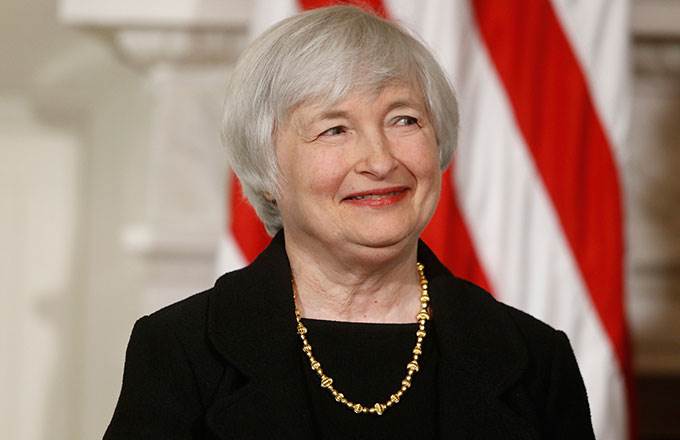Since my last posting on Wednesday, the market has been dominated by the U.S Dollar and the British Pound. Although this is simply because there were some scheduled news releases and events at the end of last week concerning these two currencies, it is not surprising that the GBP/USD currency pair has seen a lot of volatility lately, and made the strongest directional movement during the month of September. The news headlines that stand out tend to follow the headlines prices are making in the markets.

The greenback was already gaining earlier in the week, mostly on Janet Yellen’s relatively hawkish comments on the Federal Reserve’s monetary policy. The gains were mostly solidified on Thursday when the U.S. Final GDP number came in slightly higher than expected, at 3.1%. This is a very respectable growth rate for a mature, advanced economy such as the U.S.A. Many economists have come to believe any higher than this is effectively impossible, but Trump and Mnuchin seem to be seriously attempting to break that mold.
The British Pound was hit by worse than expected British Current Account data, as well as by a more downbeat tone from the Governor of the Bank of England in public comments. He is now signaling a slower pace of future rate hikes. The market had recently begun forming a consensus that a quarter-point rate hike could happen soon, but that seems to be off the table now. There is a renewed feeling of crisis in Britain as it becomes clearer that the British government is in a weak position in the Brexit negotiations. There is increasing speculation that the Prime Minister, who didn’t support Brexit in the first place, has caved in to the European Union and must be replaced, within her largely pro-Brexit Conservative Party. The fact that her Government does not even have a majority only adds to the perception that she might be kicked out soon.

